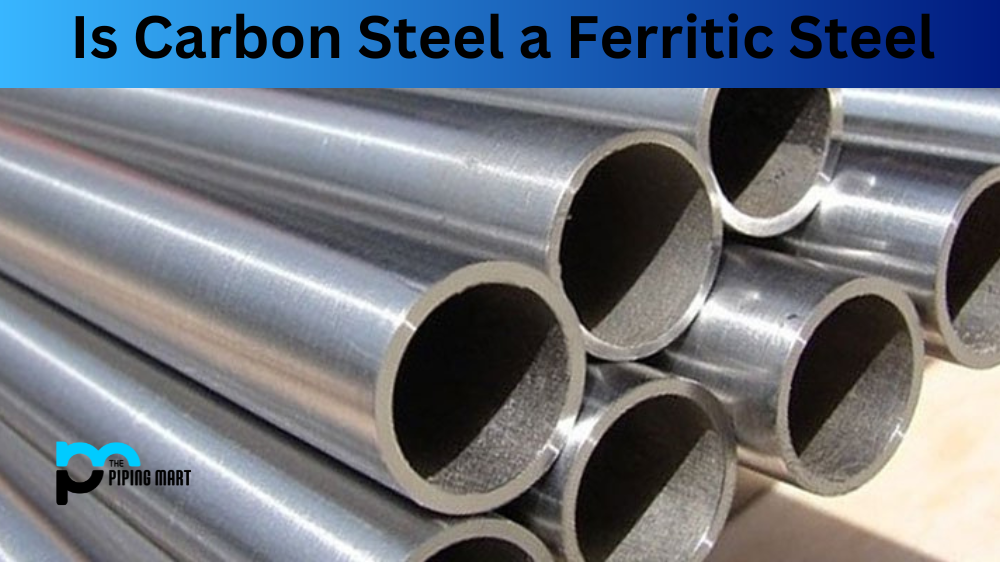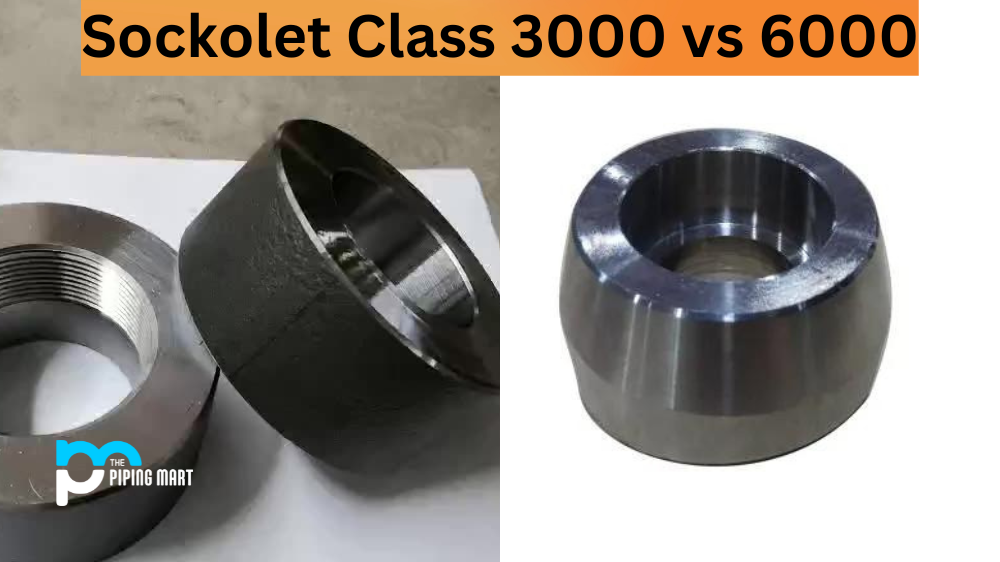Carbon steel is a type of steel that contains elements such as iron, carbon, and other trace components. It has been used for centuries to create durable tools and products due to its strength and durability. But when it comes to carbon steel, what makes it different from other types of steel? The answer lies in its properties and composition. Let’s explore this further.
What Makes Carbon Steel Different?
Carbon steel differs from other types of steel because it has a higher carbon content than other steel. This means that the molecules of carbon are tightly packed together, making the metal harder and more resistant to wear and tear. Because of this increased hardness, carbon steel can be used for a variety of applications, including construction tools, knives, cookware, bike frames, machine parts, surgical instruments, etc.
In addition to its superior strength and durability compared to other forms of iron-based alloys, another benefit of carbon steel is its versatility in terms of heat treatment. Depending on the amount of heat applied during the process, we can manipulate the physical properties, such as hardness or strength, while maintaining its overall quality. This allows us to customize our products according to our needs without sacrificing quality.
At the same time, however, carbon steel also has some drawbacks compared to other metals such as stainless or aluminum. One disadvantage is that it tends to rust easily in certain environments due to oxidation caused by air exposure over time. Additionally, because the molecules are so tightly packed together in this alloy, it can be difficult (and expensive) for manufacturers to shape into complex designs with sharp corners or tight tolerances without compromising quality or wasting material due to the high machining costs associated with these processes.
Is Carbon Steel Ferritic Steel?
Yes, ferritic steels are classified as low-carbon or mild steels, which contain up to 0.2% percent carbon content by weight—which means they fall under the umbrella term ‘carbon steels’ along with martensitic and austenitic steels, which contain higher amounts of carbon content than ferritic steels do (upwards of 2%). As a result, they share many similar characteristics but have different mechanical properties depending on their composition; ferritic steels are generally stronger than martensitic steels but less ductile than austenitic ones—making them ideal for applications where strength is important, but flexibility isn’t necessarily required like gears or fasteners for example.
Conclusion:
In conclusion, then yes: Carbon steel is classified as a type of ferritic steel due to its low-carbon composition, which puts it at 0-2% on the scale—while still being strong enough for many common everyday applications as well as more specialized industrial ones too! It’s important, though, that you assess your project closely before committing any materials, so you know you’re getting exactly what you need; if your project requires something stronger than regular mild steel, then additional heat treatment may be necessary in order for you to obtain optimal performance results! No matter what type of metal you use, though, always remember that proper care must be taken when working with any form of metal, so safety should always come first!

Pipingmart is B2B portal specializes in industrial, metal and piping products. Also, share latest information and news related to products, materials and different types grades to help business dealing in this industry.




